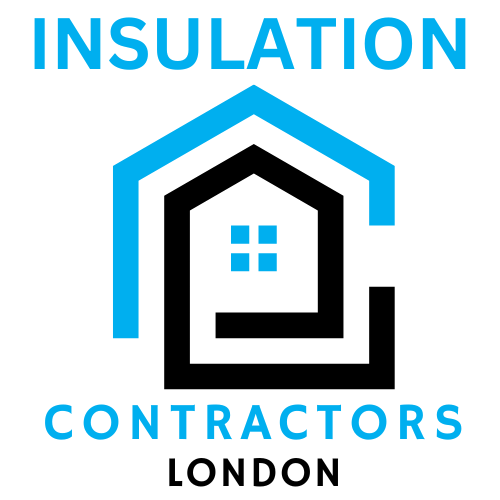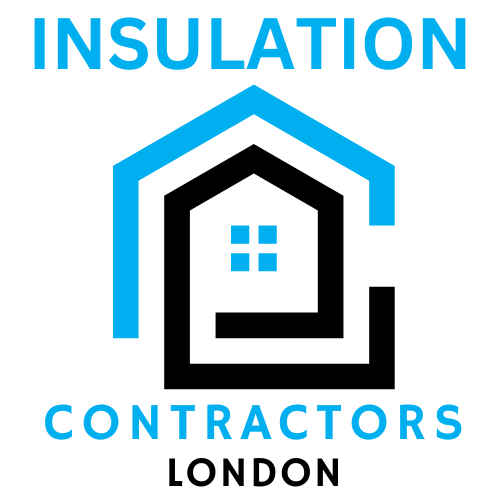
Common Insulation Leakage Areas
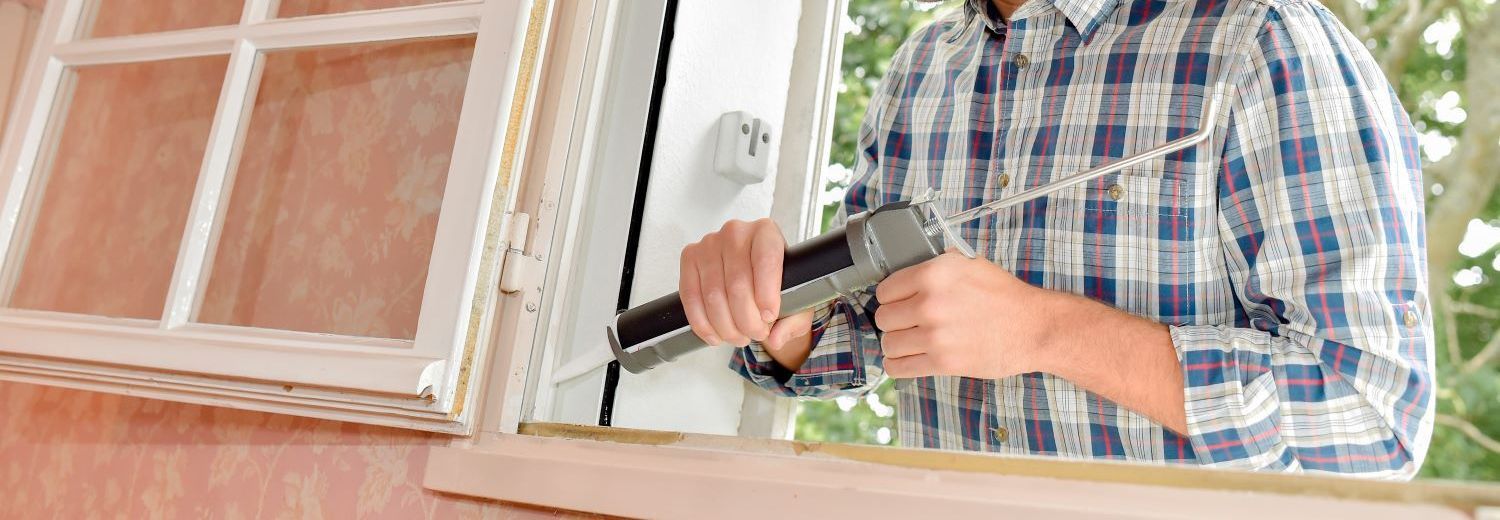
Insulation is like the unsung hero of your home, quietly working behind the scenes to keep you comfortable and energy-efficient. But even the best insulation can develop leaks over time, compromising its effectiveness and costing you money in increased energy bills. In this guide, we'll explore some common insulation leakages and how you can identify them, brought to you by Insulation Contractors London.
1. Air Leaks:
Air leaks occur when gaps or cracks in your home's envelope allow warm or cool air to escape and outside air to infiltrate. Common areas for air leaks include:
- Around windows and doors
- Along baseboards and crown molding
- Through electrical outlets and switch plates
- Around plumbing penetrations and vents
Identifying Air Leaks:
To identify air leaks, you can perform a simple visual inspection or use a smoke pencil or infrared thermometer to detect drafts. Another method is a blower door test, conducted by a professional, which pressurizes your home to reveal air leaks.
2. Thermal Bridging:
Thermal bridging occurs when heat transfers through a material that has higher conductivity than the surrounding insulation. Common thermal bridges include:
- Metal studs or framing members
- Concrete or masonry walls
- Windows and doors
- Electrical boxes and conduit
Identifying Thermal Bridging:
Thermal bridging can often be identified by temperature variations on interior surfaces. Infrared imaging can also pinpoint areas where heat is transferring through building materials.
3. Moisture Intrusion:
Moisture intrusion occurs when water penetrates your home's exterior and comes into contact with insulation, reducing its thermal performance and promoting mold and mildew growth. Common sources of moisture intrusion include:
- Leaking roofs or gutters
- Plumbing leaks or burst pipes
- Condensation on cold surfaces
- High humidity levels
Identifying Moisture Intrusion:
Signs of moisture intrusion include water stains or discoloration on ceilings or walls, musty odors, peeling paint or wallpaper, and visible mold or mildew growth. A moisture meter can also detect hidden moisture within walls or insulation.
4. Settling or Compaction:
Over time, insulation may settle or compact, reducing its thickness and thermal resistance. This can occur in attics, walls, or crawl spaces where insulation is compressed by weight or gravity.
Identifying Settling or Compaction:
Visual inspection is the primary method for identifying settling or compaction. Look for areas where insulation appears thinner or uneven, indicating compression or settling.
Conclusion:
Identifying and addressing insulation leakages is essential for maintaining a comfortable, energy-efficient home. By understanding the common causes of insulation leakage and how to identify them, you can take proactive steps to improve your home's insulation performance and reduce energy costs. If you suspect insulation leakages in your home, don't hesitate to contact the experts at Insulation Contractors London for a comprehensive assessment and professional insulation services.
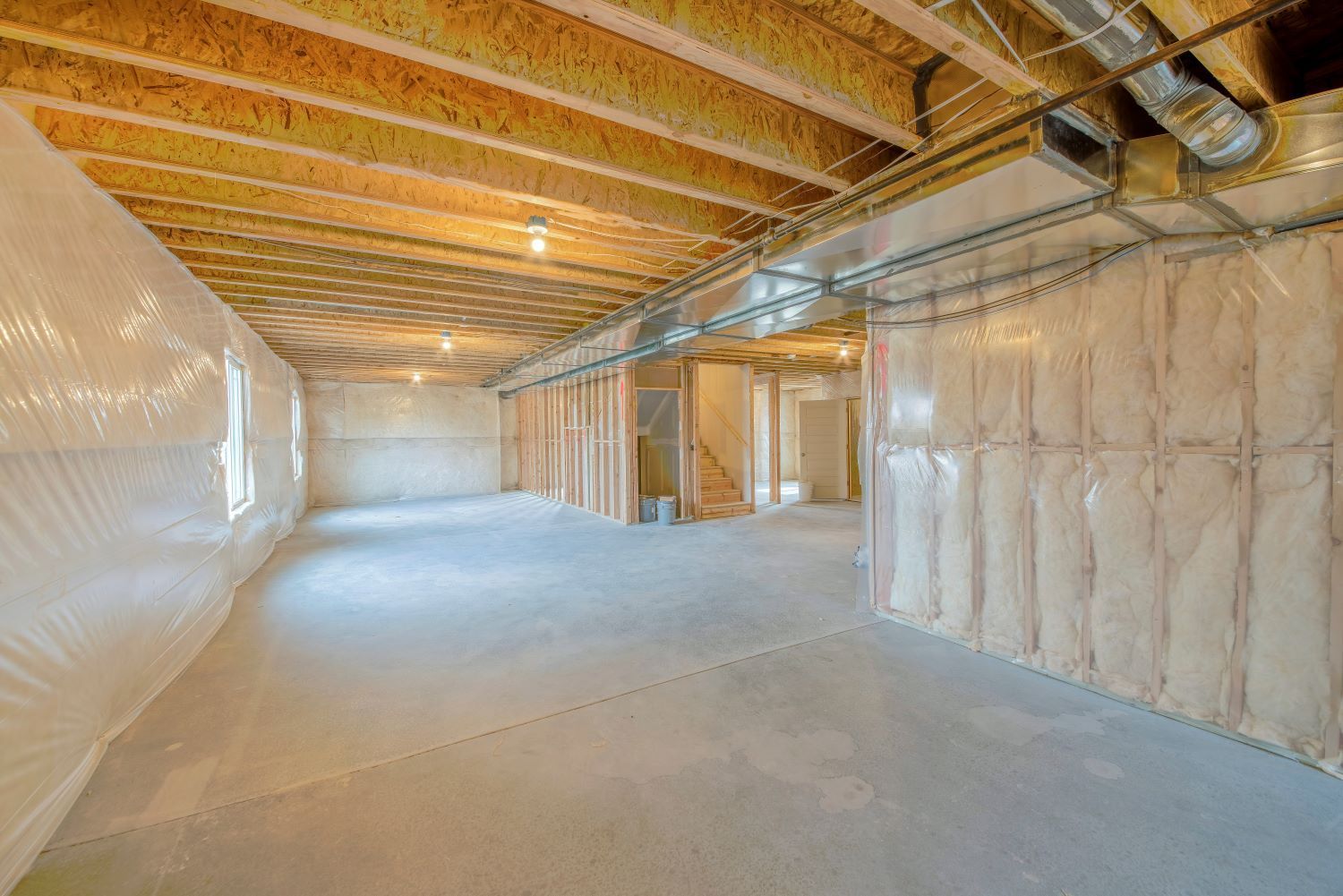
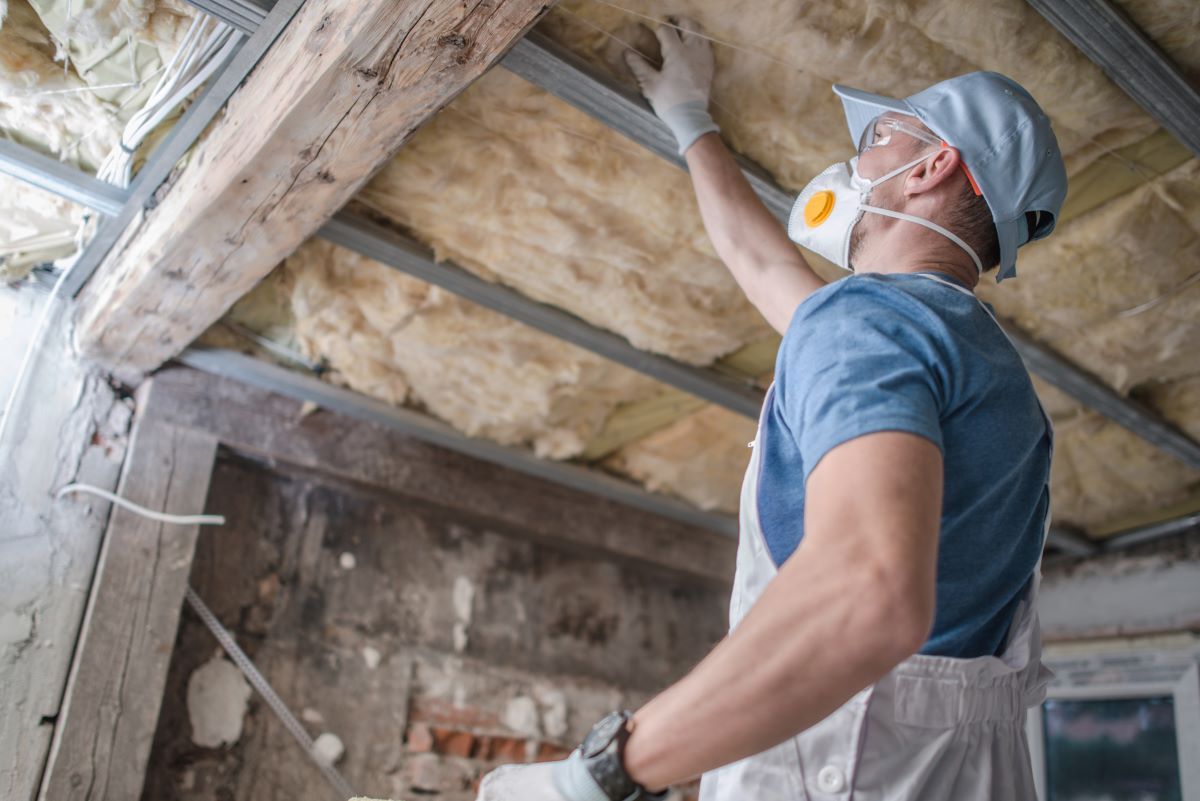
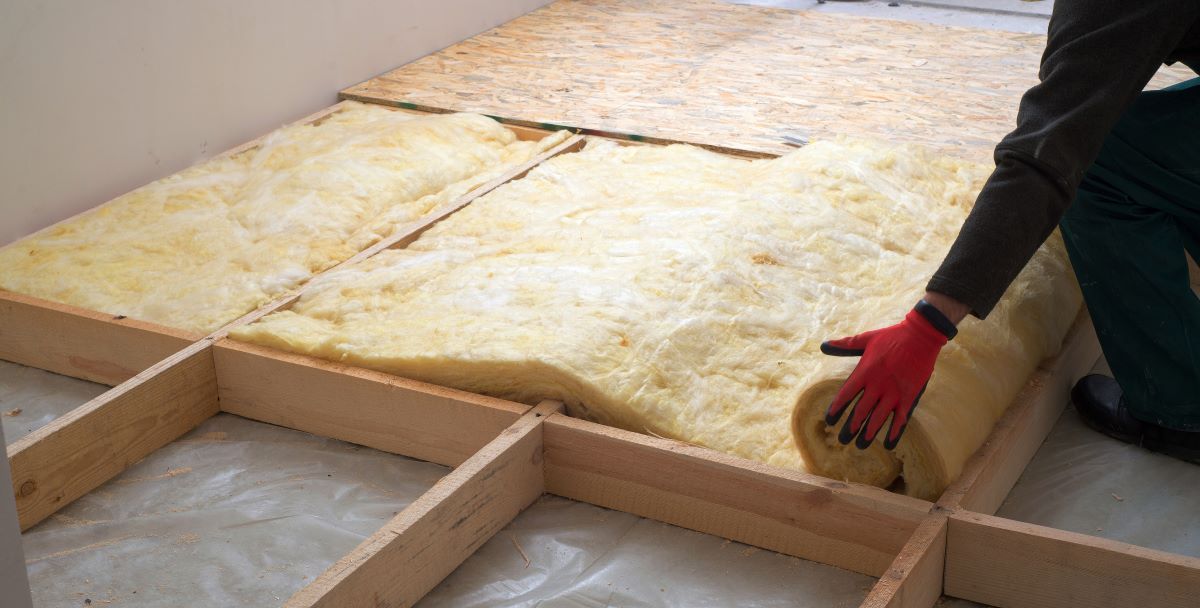
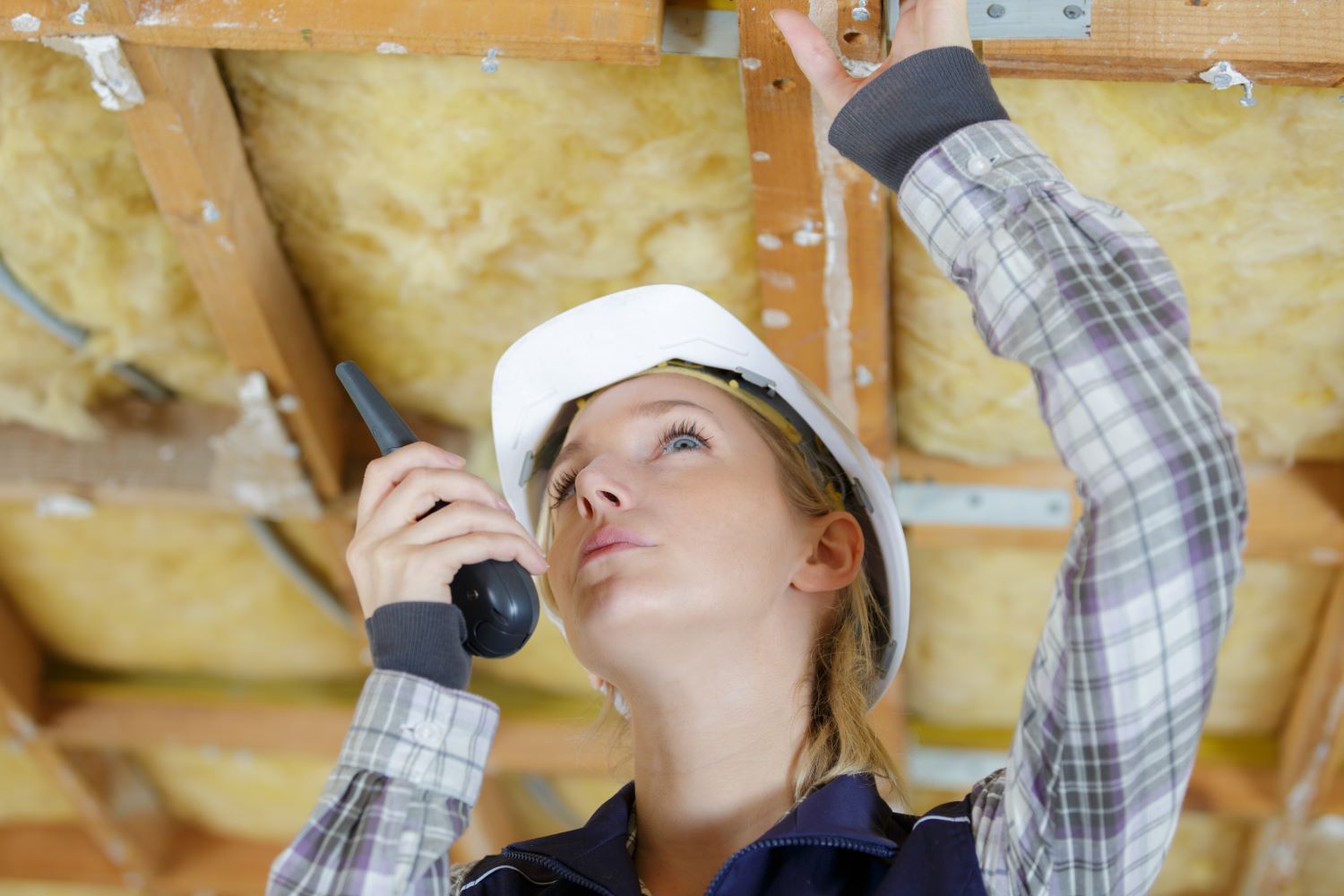
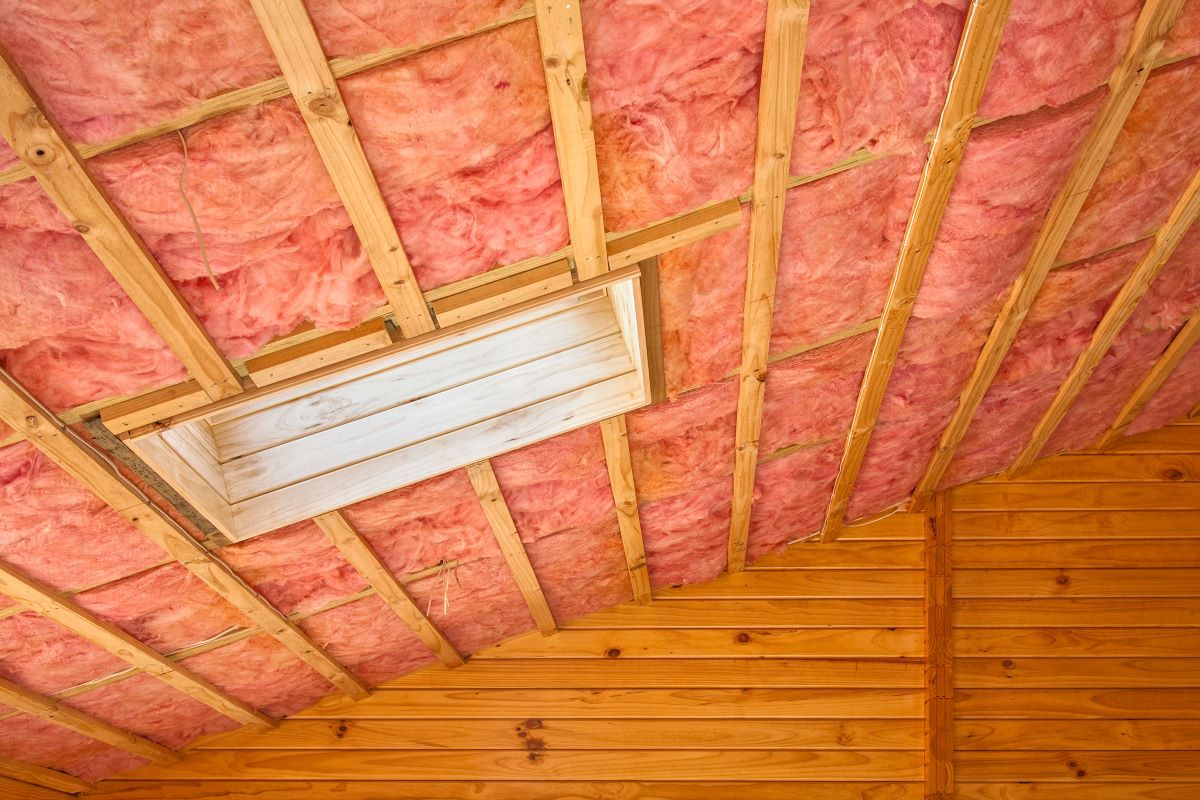
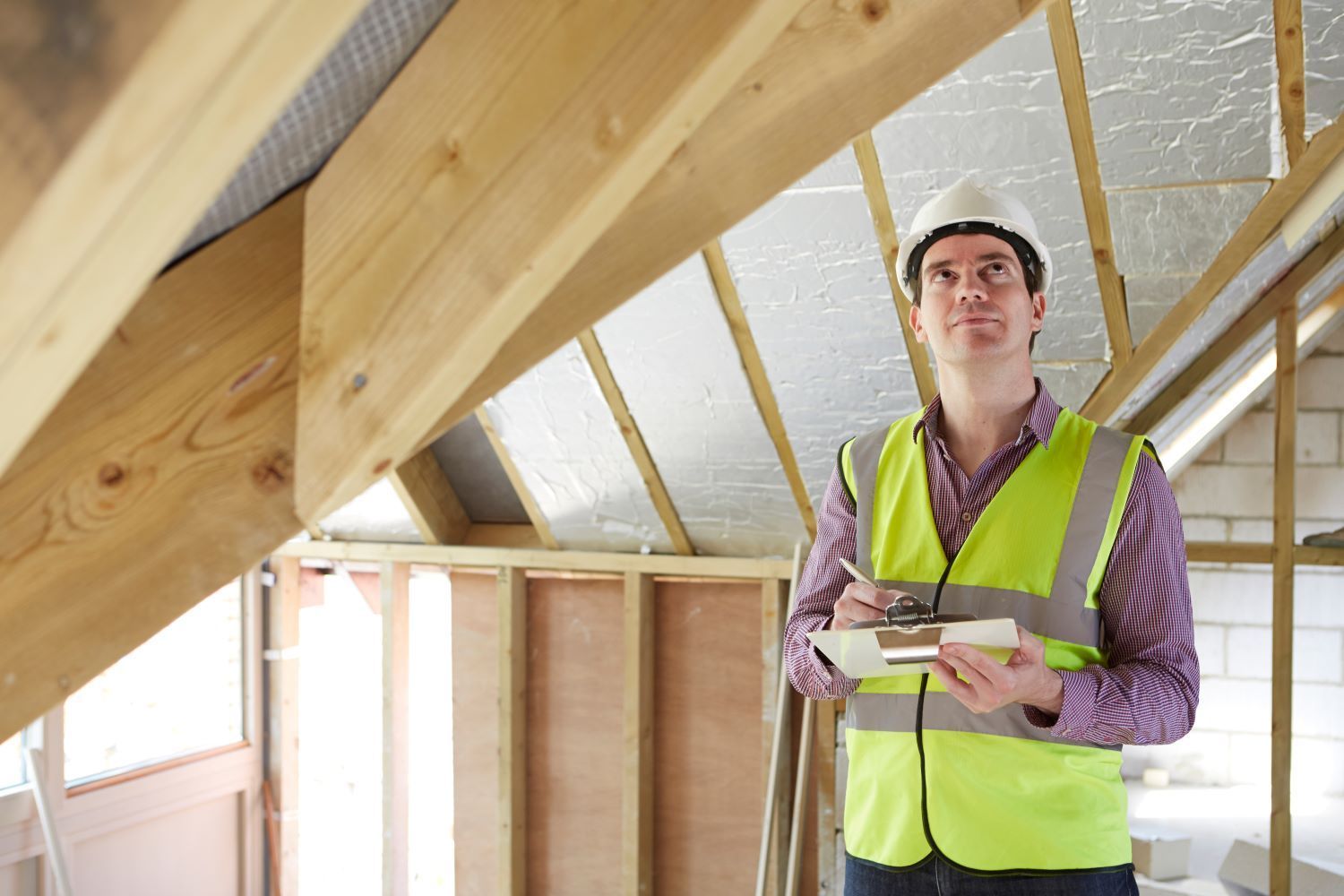
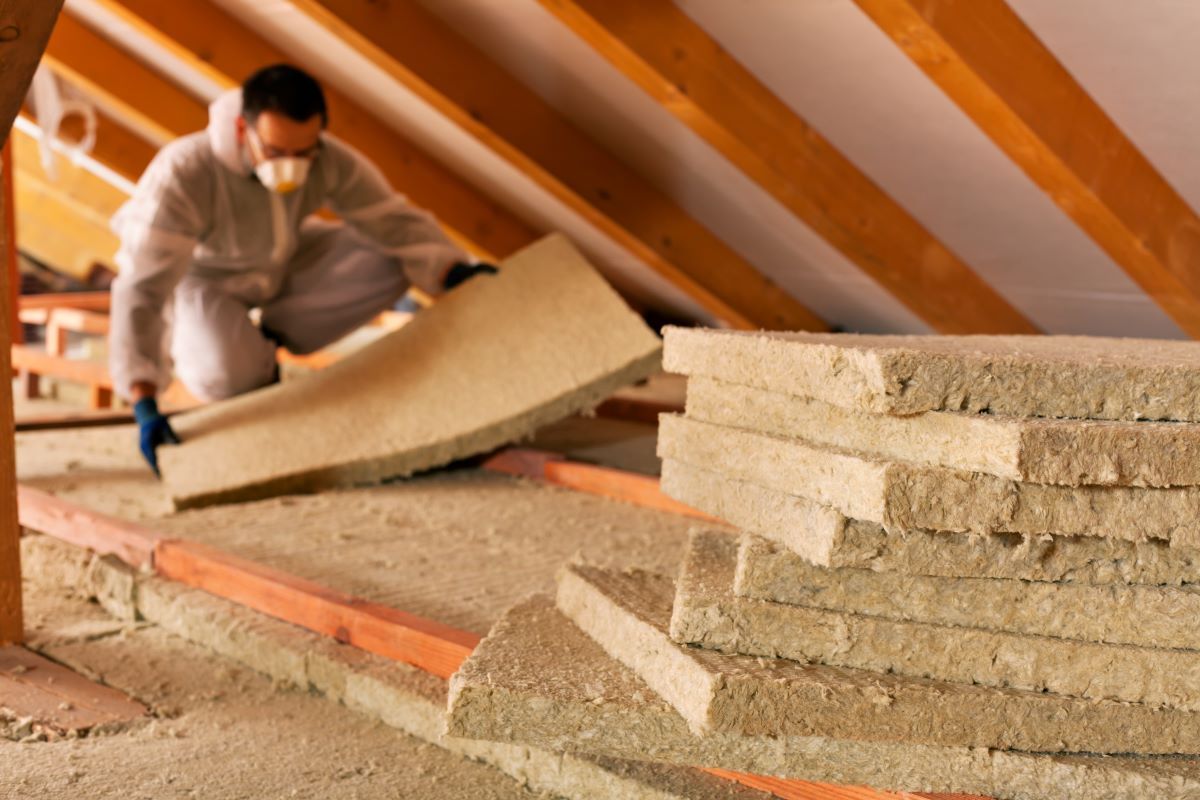
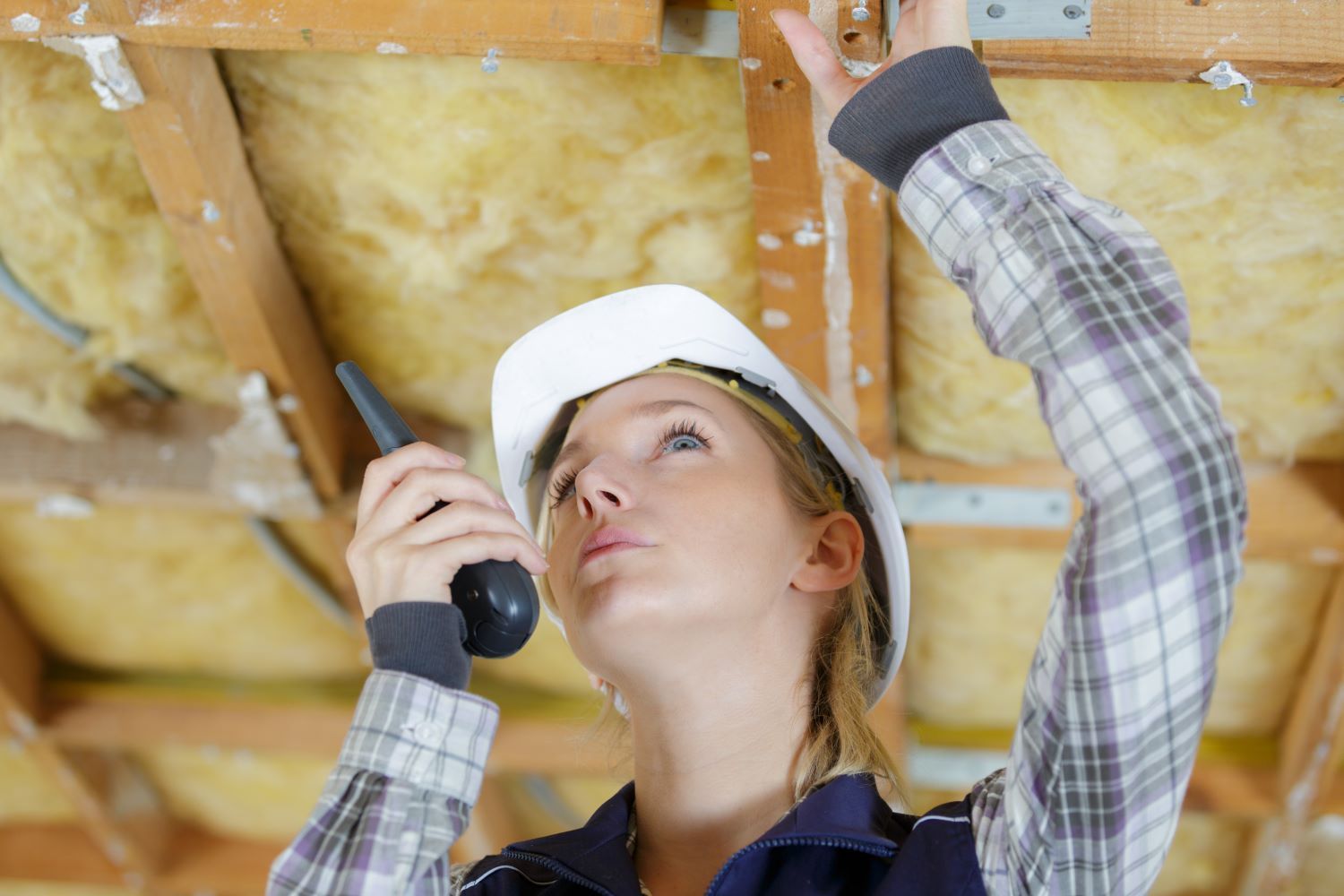
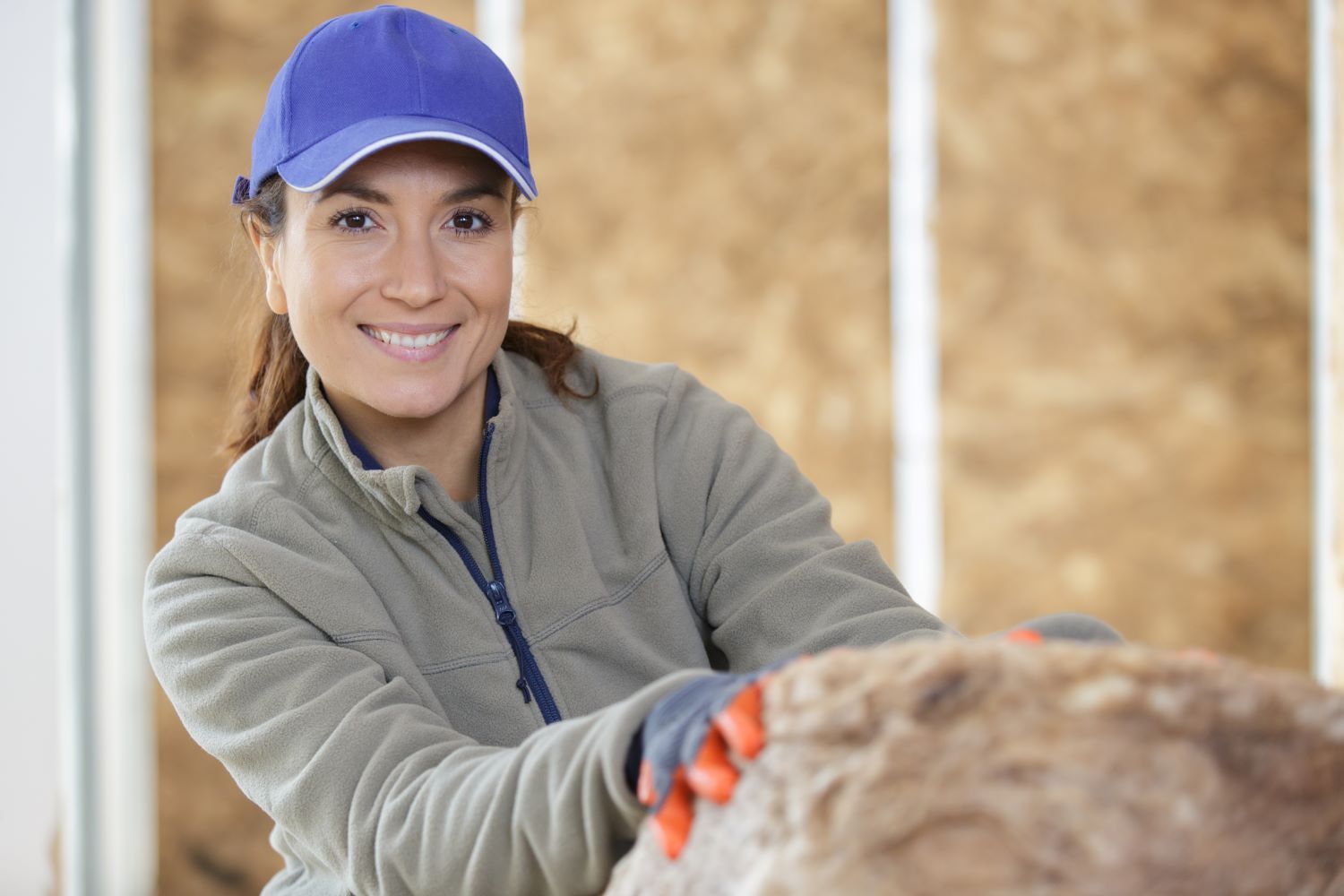
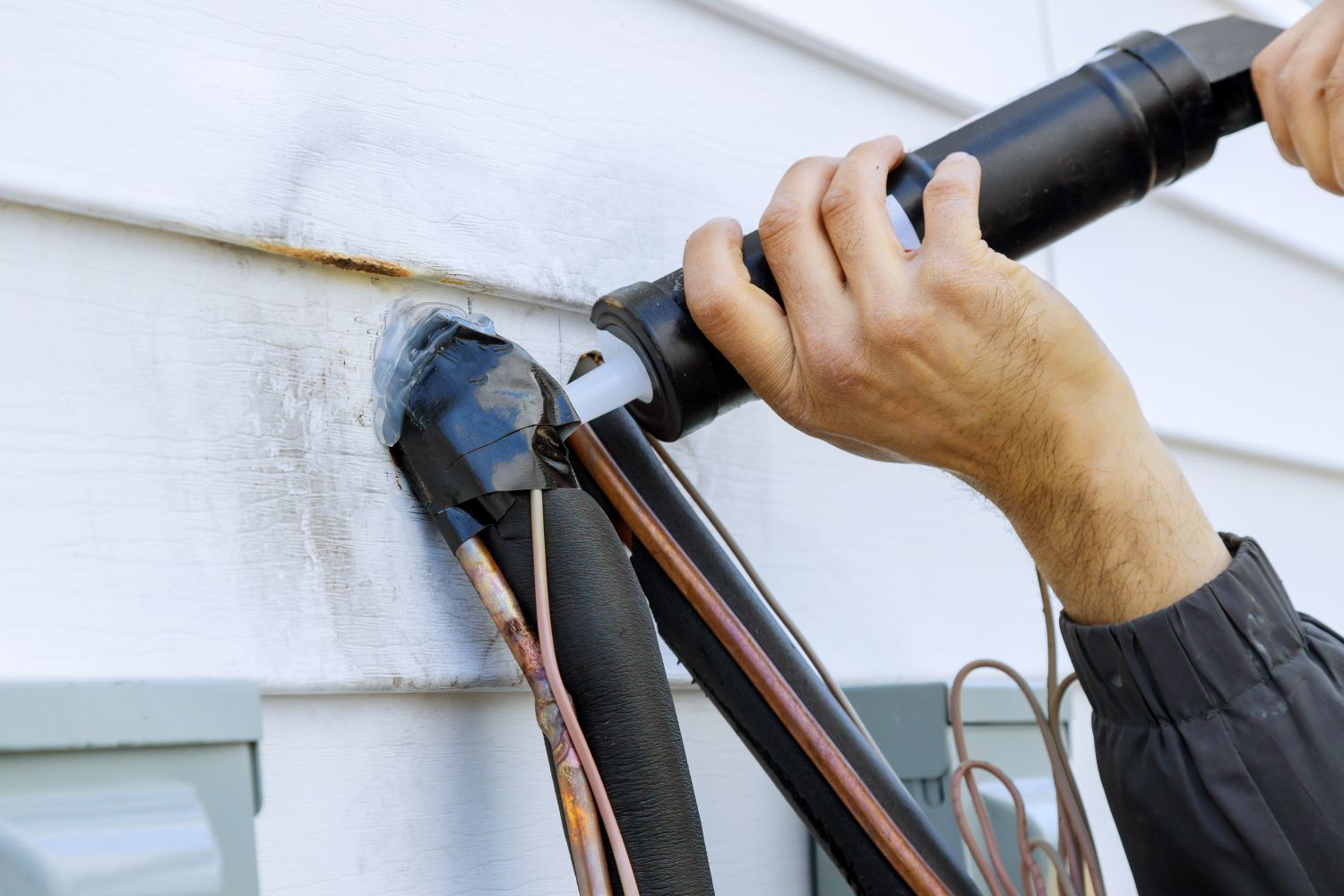
We bring pride and passion to every project that we undertake, with a professional team of contractors dedicated to quality service.
Company
Services
Contact
*This is a referral website. All work is completed by licensed contractors.
